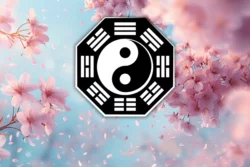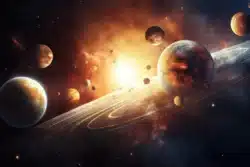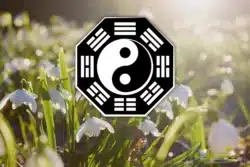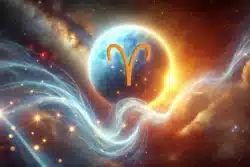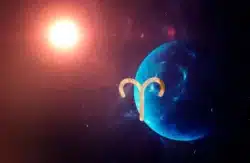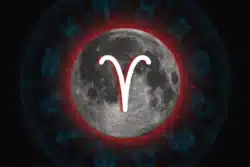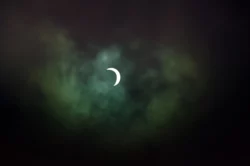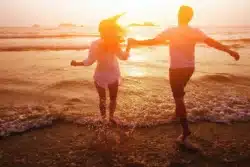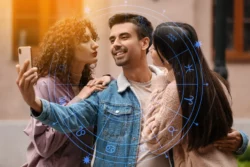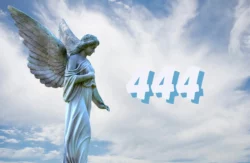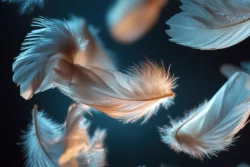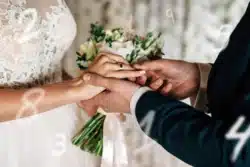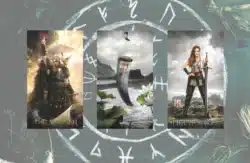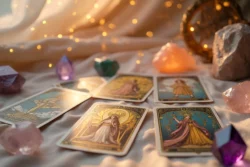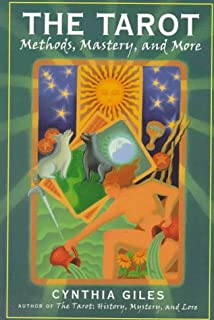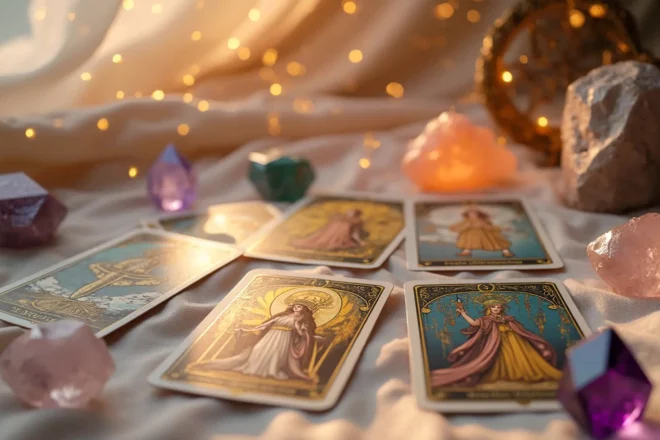Horoscopes
Zodiac Signs
Zodiac Calendar
The 12 Zodiac Signs
Aries Zodiac Sign
Taurus Zodiac Sign
Gemini Zodiac Sign
Cancer Zodiac Sign
Leo Zodiac Sign
Virgo Zodiac Sign
Libra Zodiac Sign
Scorpio Zodiac Sign
Sagittarius Zodiac Sign
Capricorn Zodiac Sign
Aquarius Zodiac Sign
Pisces Zodiac Sign
Chinese Zodiac
Love
Love Horoscope
Zodiac Love Compatibility
Aries Love Compatibility
Taurus Love Compatibility
Gemini Love Compatibility
Cancer Love Compatibility
Leo Love Compatibility
Virgo Love Compatibility
Libra Love Compatibility
Scorpio Love Compatibility
Sagittarius Love Compatibility
Capricorn Love Compatibility
Aquarius Love Compatibility
Pisces Love Compatibility
Life
Astrology
Numerology
